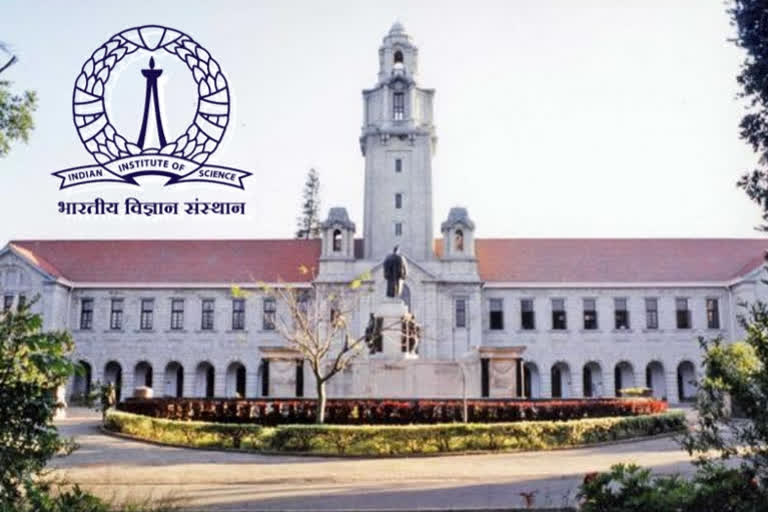Bengaluru: In a new study conducted by the Indian Institute of Science (IISc), scientists at the institute have experimentally shown the existence of two species of few electron bubbles (FEBs) in superfluid helium for the first time. These FEBs can serve as a useful model to study how the energy states of electrons and interactions between them in a material influence its properties.
The team included Neha Yadav, a former PhD student at the Department of Physics, Prosenjit Sen, Associate Professor at the Centre for Nano Science and Engineering (CeNSE) and Ambarish Ghosh, Professor at CeNSE. The study was published in 'Science Advances'.
An electron injected into a superfluid form of helium creates a single electron bubble (SEB) – a cavity that is free of helium atoms and contains only the electron. The shape of the bubble depends on the energy state of the electron. There are also multiple electron bubbles (MEBs) that contain thousands of electrons.
FEBs, on the other hand, are nanometre-sized cavities in liquid helium containing just a handful of free electrons. The number, state and interactions between free electrons dictate the physical and chemical properties of materials. According to the authors, understanding how FEBs are formed can also provide insights into the self-assembly of soft materials, which can be important for developing next-generation quantum materials. However, scientists have only theoretically predicted the existence of FEBs so far.
Also read:IISc research offers new insights for treatment of cardiac diseases
“We have now experimentally observed FEBs for the first time and understood how they are created,” Yadav said. “These are nice new objects with great implications if we can create and trap them.”
